It is straightforward to label data points in Gnuplot, in this example, I use the third column as labels for this data set (data.txt):
1 -22 "Event 0"
2 -139.7 "Event 3"
3 -11 "Event 7"
4 -35.2 "Event 6"
5 -139.7 "Event 2"
6 -139.7 "Event 4"
7 -84.7 "Event 1"
8 -22 "Event 9"
9 -64.9 "Event 8"
10 -38.5 "Event 5"
gnuplot> plot 'data.txt' u 1:2, "" u 1:2:3 w labels rotate offset 1
This is the result (I omitted polishing for this purpose):

However, I need the data points plotted by cumulative sum:
gnuplot> plot 'data.txt' u 1:2 smooth cumulative
Now, how can I label the points at their new "coordinates"? Something like this does not work (I want the labels down in each knee of the cumulative curve):
gnuplot> plot 'data.txt' u 1:2 s cum, "" u 1:2:3 s cum w labels offset 1
The result should look something like this (here manually cut and positioned with Gimp):


